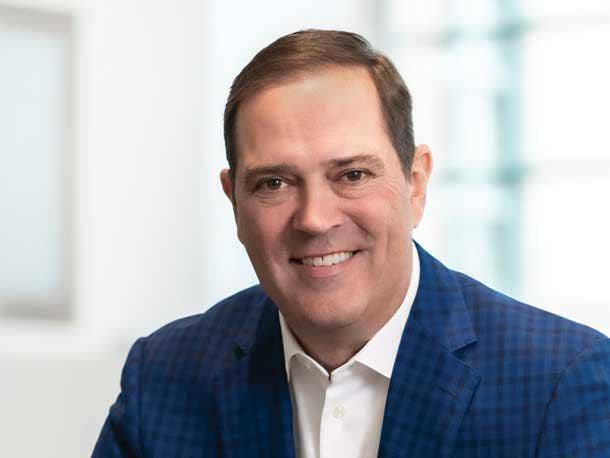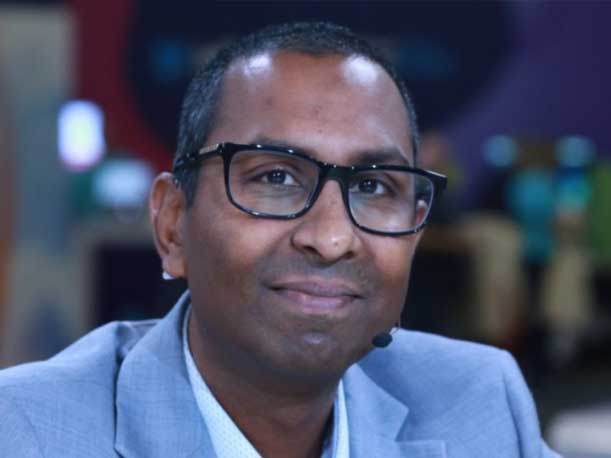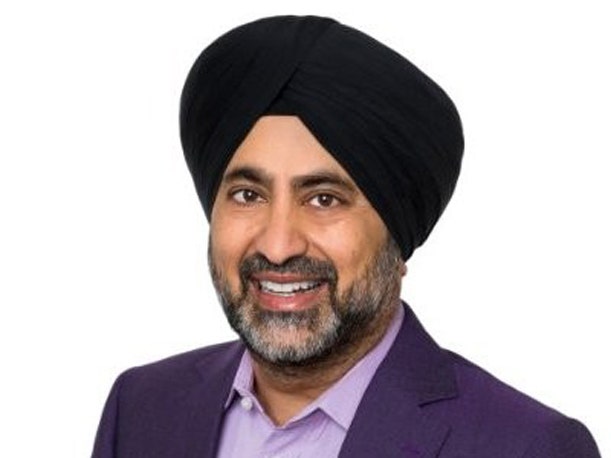5 Networking CEOs On SASE, Managed Services, And How AI Will Shape The Industry In 2024
The world’s biggest networking CEOs from the likes of Cisco Systems and HPE shared with CRN the trends that are shaping their company’s strategies in 2024, such as AI, cloud networking and SASE.

A Networking Evolution
The networking market has undergone a transformation over the last couple of years as trends such as hybrid work swept businesses all around the globe. Hybrid work prompted an entire rethink of many enterprise networks as users became more geographically dispersed, along with applications and an influx of edge use cases that demanded connectivity and security in brand new places.
Networking CEOs are driving their company’s strategies with many of these trends in mind and it’s opening the door for product roadmaps that include technologies and strategies such as secure access services edge (SASE), cloud-based networking, and more managed services. AI is also a big part of many of these vendors’ roadmaps. The technology is promising to simplify once-labor-intensive network management and to surface cyberattacks and security breaches before users are negatively impacted.
In CRN’s CEO Outlook 2024, a handful of the world’s top networking CEOs weighed in on the trends they have their eye on this year, how these trends are shaping their portfolios and the opportunities they are chasing. Here’s what these tech leaders had to say.

Chuck Robbins, Chair and CEO, Cisco Systems, on security and partner-led managed services
There are opportunities all across the market for Cisco and our ecosystem of partners in 2024 but let me focus on two must-win areas: security and managed services. Over the last few years, the internet has become a critical part of how we work, learn, provide essential services, and so much more. While this highly distributed and hyper-connected world brings great opportunity, it has also made the security threat landscape so much larger and complex. We have to protect everything from the edge to multi-cloud environments to the application layer, and we must do all of that seamlessly so there's no friction or interruption for our employees and customers. That is incredibly complicated and it's only going to get harder as we create more data and those workloads become even more distributed across our networks. That's why we launched Cisco Security Cloud – an AI-driven, cloud-delivered, platform that reduces complexity, mitigates risk, and improves efficacy. This not only sets our partners up to simplify the management of complex networks, but also allows them to add their unique value and custom solutions to differentiate. Gartner estimates that global spending on security technology will increase by 14 percent in 2024, and we're moving aggressively to help our partners go chase that.
As market conditions continue to evolve and customers continue to demand more from their technology investments, managed services will be key in helping them reduce operational costs and increase business value, while providing flexibility, predictability, and a larger ROI. In fact, according to a recent Cisco-commissioned research study, managed services presents a $161 billion opportunity for Cisco, with 46 percent of Cisco's products delivered via partner managed services by 2027.

Ed Meyercord, President and CEO, Extreme Networks, on integrating AI and security into networking
The network is more strategic than ever and should be a critical element of any conversation on security, AI Ops and analytics. It's the central nervous system for new applications [and] quality experiences. First, AI must be integrated into the networking experience. Almost everything in an organization touches the network. By making AI an integrated part of the networking experience – enterprises will be able to detect network anomalies early and remediate them before they infiltrate the entire enterprise. IT Administrators spend so much of their time trying to identify and know the reasons for network issues. AI helps proactively prevent problems in the first place, it also seeks to drastically reduce the overall Mean-Time-To-Resolution (MTTR), which generally consists of Mean-Time-To-Identify, Mean-Time-To-Know and Mean-Time-To-Fix the issue. This helps eliminate latency, cyberattacks, network outages and more. Additionally, with innovations like Digital Twin – enterprises improve time to revenue. Simplify staging, validation and deployment of switches and access points from the cloud can shave days to weeks off of the deployment process – and proactively address and troubleshoot any issues that may arise. AI is the way forward.
Second, security must be inherent in networking. Many players have piecemeal offerings that cover portions of the network – but it must be integrated. IT is complex enough – and creating disjointed security and networking solutions will only create more havoc. We must continue to make it simple. Against the backdrop of IT staffing shortages, new software requirements and transformation to cloud, many organizations want to outsource network operations and management. They want to invest in a network that is elastic and flexible enough to scale, and simple enough to manage. This presents a significant opportunity for a new MSP model.

Antonio Neri, President and CEO, HPE, on AI as the “most disruptive” technology
AI will be the most disruptive technology of our lifetimes, and our biggest opportunity in 2024 is to enable customers to become AI-powered businesses. Enterprises recognize that AI requires a fundamentally new approach to IT that is hybrid by design. Going back to 2019, HPE became the pioneer in hybrid cloud and is now the leader through HPE GreenLake. 2024 is an opportunity for us and our channel partners to expand our reputation as our customers' trusted partner in edge networking, hybrid cloud and AI. Most importantly for channel partners, the opportunities expanded by AI impact the entire HPE portfolio, creating value across storage, computing, edge networking, private cloud, data center networking, routing, security, and software. We are poised to take market share from the competition in AI and hybrid cloud, as well as storage, data center networking, telco solutions, compute and private cloud.

Ramesh Prabagaran, Co-founder and CEO, Prosimo, on cloud networking and costs
The two primary things customers are struggling with now are cloud cost and the consistent cloud-networking architecture. First, enterprises want to understand spending on the cloud more granularly - how resources are used, how it should be billed back to different business units, if there is any cloud waste and how to forecast cloud spend. The second is architecture, as enterprises have reached a crossover point. We've shifted from the data center being the center of focus with the cloud being attached, to the cloud being the center of gravity. This shift to the cloud-first approach translates to enterprises wanting to use the cloud as a backbone, with embedded security, and for users and apps to communicate with each other seamlessly.

Kelly Ahuja, CEO, Versa Networks on the SASE opportunity
Accelerated cloud/SaaS adoption, hybrid and collaborative work, and IoT are driving businesses to deploy SASE while leveraging AI to simplify operations, secure all resources, and improve the user experience. The SASE market will continue to fuel growth for Versa and our partner ecosystem in 2024. And with the SASE market expected to grow at a CAGR of 29 percent and reach $25 billion by 2027, there is no slowing down! As one of the few vendors offering a truly unified AI-powered platform approach to SASE, Versa has ambitious goals. We will continue to fully maximize our partner ecosystem to scale the business and capitalize on this tremendous market opportunity.